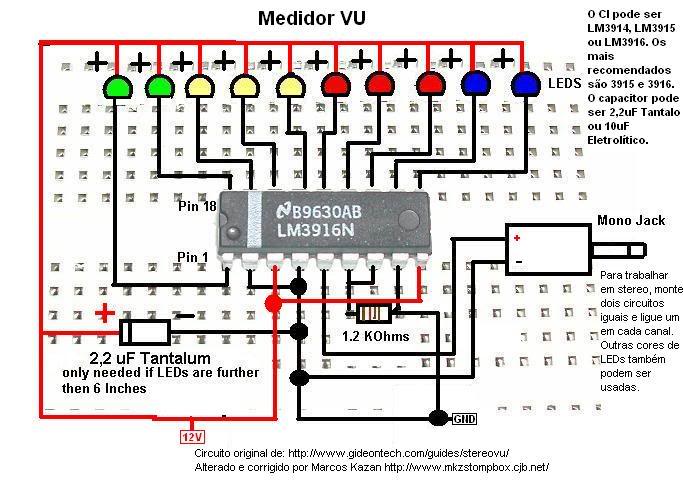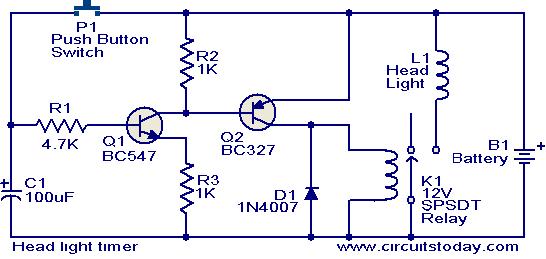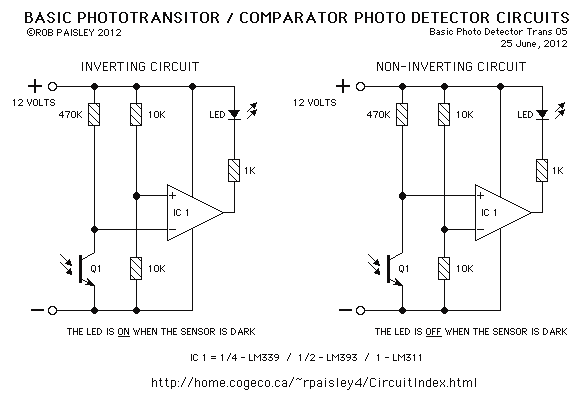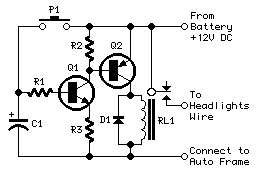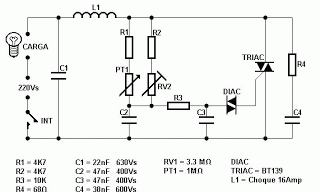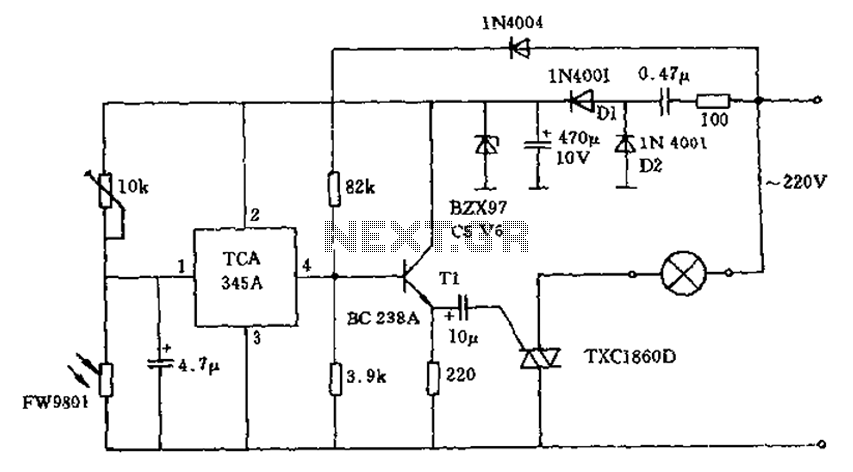
Night Light Saver V3.2 (PIC12C508)
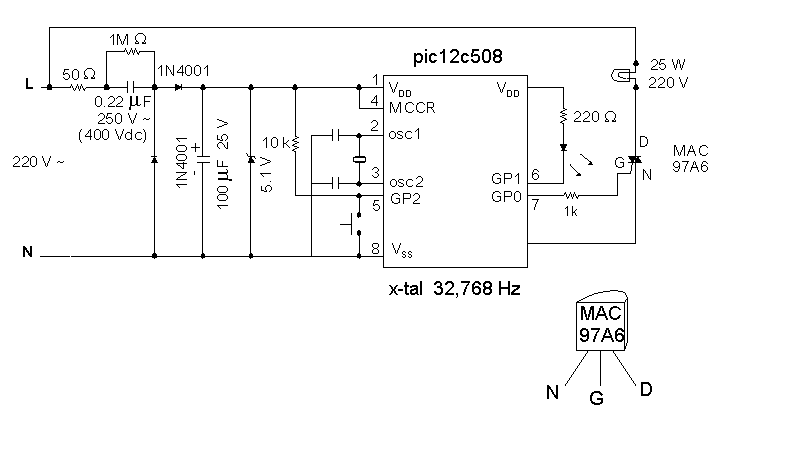
The schematic of the SAVER V3.2 is depicted in Figure 1. A transformerless power supply uses Xc of a 0.22uF capacitor to limit current, providing about 10mA current source. The diodes rectify AC current to DC current, which in turn charges a filtering capacitor, 100uF. A 5.1V zener diode provides a DC supply of approximately 5V to the PIC12C508. The microcontroller circuit runs with a low power 32kHz crystal. GP2 connects a momentary button for setting time to 8:00.
The SAVER V3.2 schematic is designed to operate as a compact and efficient circuit for low-power applications, particularly suitable for microcontroller-based projects. The transformerless power supply is a critical feature, utilizing a 0.22μF capacitor that acts as a reactance element to limit the current drawn from the AC mains. This configuration allows the circuit to draw approximately 10mA, which is adequate for the operational requirements of the microcontroller without the bulk and weight of a transformer.
The rectification of the AC voltage is performed by a pair of diodes, which convert the AC input into a pulsating DC output. The output is then smoothed by a 100μF filtering capacitor, which helps to reduce voltage ripple, ensuring a stable DC supply for the subsequent stages of the circuit.
To regulate the output voltage to a stable level suitable for the microcontroller, a 5.1V zener diode is employed. This component clamps the voltage to approximately 5V, which is the operating voltage for the PIC12C508 microcontroller. The zener diode's role is crucial in protecting the microcontroller from voltage spikes and ensuring reliable operation.
The microcontroller itself is powered by a low-frequency 32kHz crystal oscillator, which provides the necessary clock signal for the PIC12C508. This choice of frequency helps to minimize power consumption, making the circuit suitable for battery-operated applications or where energy efficiency is paramount.
The circuit also features a momentary button connected to the GP2 pin of the microcontroller. This button serves as an input for setting the time to 8:00, allowing user interaction with the device. The simplicity of the button interface facilitates straightforward operation, which is essential for user-friendly designs.
Overall, the SAVER V3.2 schematic exemplifies an efficient approach to low-power design, integrating a transformerless power supply, rectification, voltage regulation, and user interface in a compact form factor.The schematic of the SAVER V3.2 is depicted in Figure 1.A transformerless power supply uses Xc of a 0.22uF capacitor to limit current providing about 10mA current source. The diodes rectifies ac current to dc current which in turns charged to filtering capacitor, 100uF. A 5.1V zener diode provides dc supply ~5V to the PIC12C508. The microcontroller circuit runs with low power 32kHz X-tal. GP2 connects a momentary button for setting time to 8:00. 🔗 External reference
The SAVER V3.2 schematic is designed to operate as a compact and efficient circuit for low-power applications, particularly suitable for microcontroller-based projects. The transformerless power supply is a critical feature, utilizing a 0.22μF capacitor that acts as a reactance element to limit the current drawn from the AC mains. This configuration allows the circuit to draw approximately 10mA, which is adequate for the operational requirements of the microcontroller without the bulk and weight of a transformer.
The rectification of the AC voltage is performed by a pair of diodes, which convert the AC input into a pulsating DC output. The output is then smoothed by a 100μF filtering capacitor, which helps to reduce voltage ripple, ensuring a stable DC supply for the subsequent stages of the circuit.
To regulate the output voltage to a stable level suitable for the microcontroller, a 5.1V zener diode is employed. This component clamps the voltage to approximately 5V, which is the operating voltage for the PIC12C508 microcontroller. The zener diode's role is crucial in protecting the microcontroller from voltage spikes and ensuring reliable operation.
The microcontroller itself is powered by a low-frequency 32kHz crystal oscillator, which provides the necessary clock signal for the PIC12C508. This choice of frequency helps to minimize power consumption, making the circuit suitable for battery-operated applications or where energy efficiency is paramount.
The circuit also features a momentary button connected to the GP2 pin of the microcontroller. This button serves as an input for setting the time to 8:00, allowing user interaction with the device. The simplicity of the button interface facilitates straightforward operation, which is essential for user-friendly designs.
Overall, the SAVER V3.2 schematic exemplifies an efficient approach to low-power design, integrating a transformerless power supply, rectification, voltage regulation, and user interface in a compact form factor.The schematic of the SAVER V3.2 is depicted in Figure 1.A transformerless power supply uses Xc of a 0.22uF capacitor to limit current providing about 10mA current source. The diodes rectifies ac current to dc current which in turns charged to filtering capacitor, 100uF. A 5.1V zener diode provides dc supply ~5V to the PIC12C508. The microcontroller circuit runs with low power 32kHz X-tal. GP2 connects a momentary button for setting time to 8:00. 🔗 External reference
